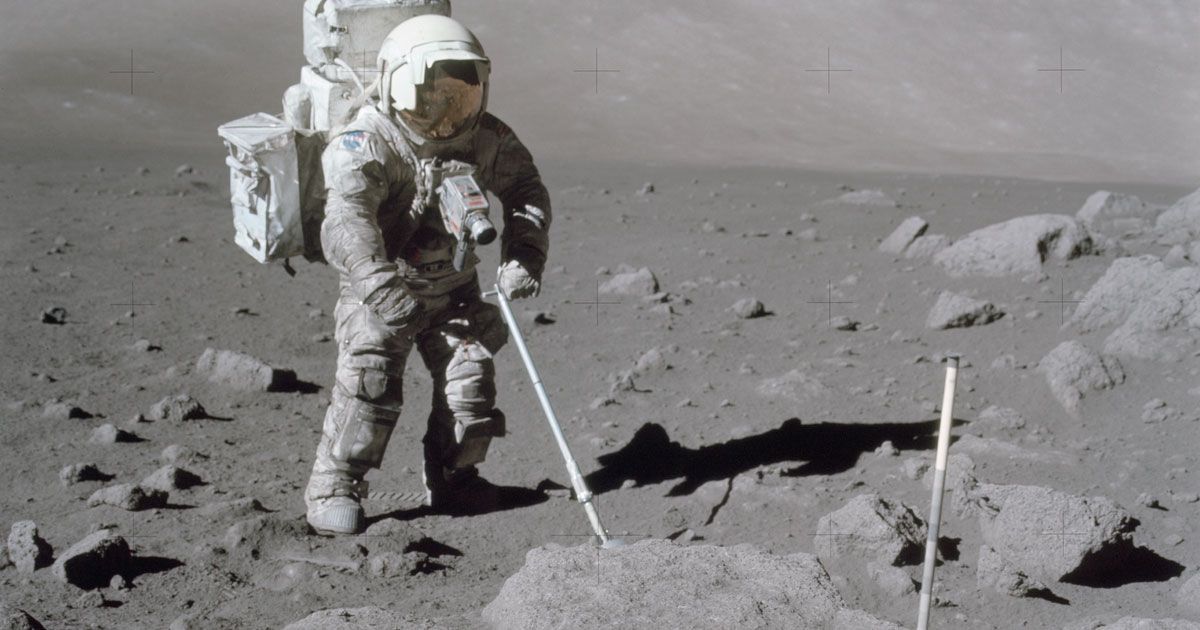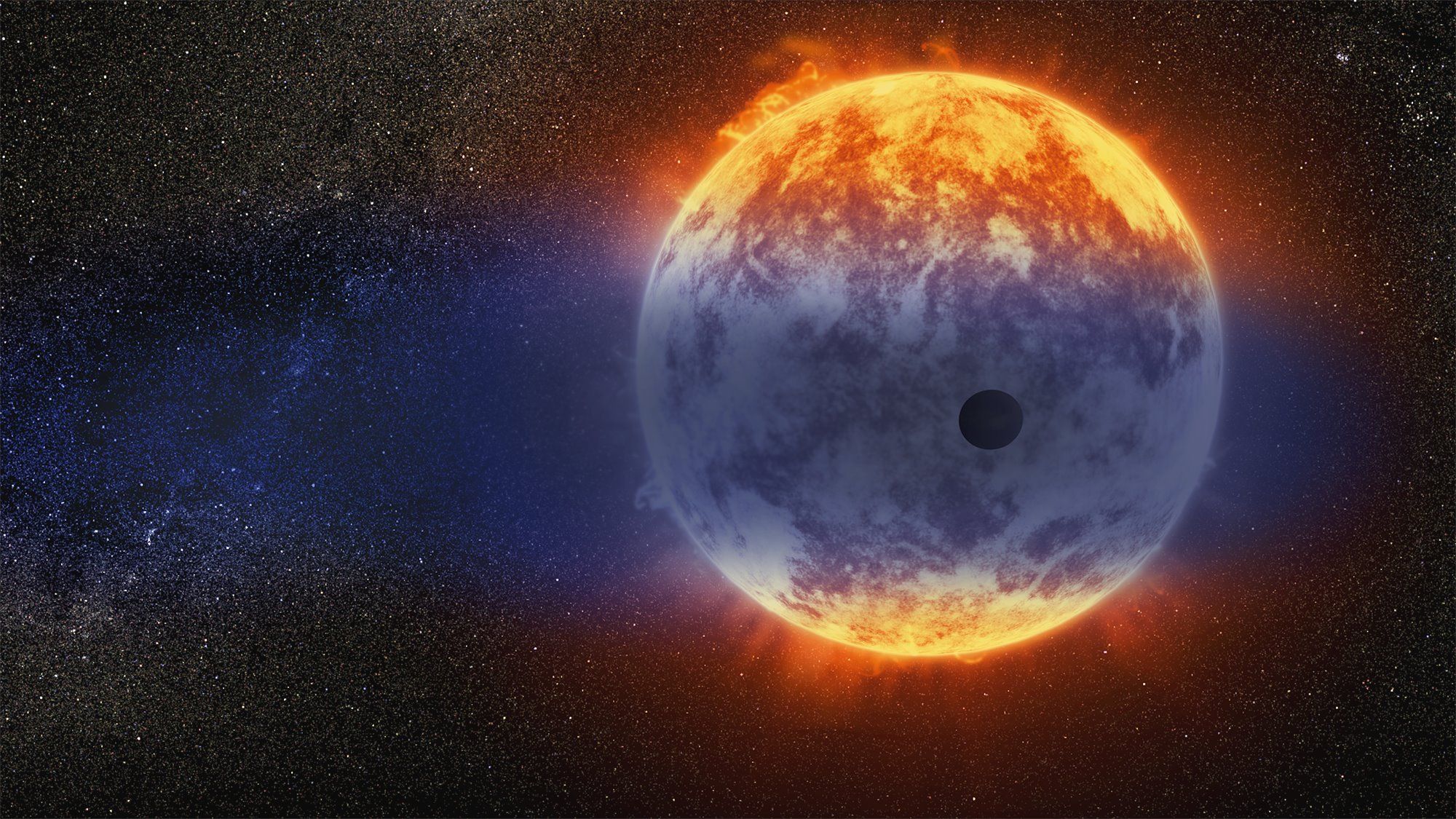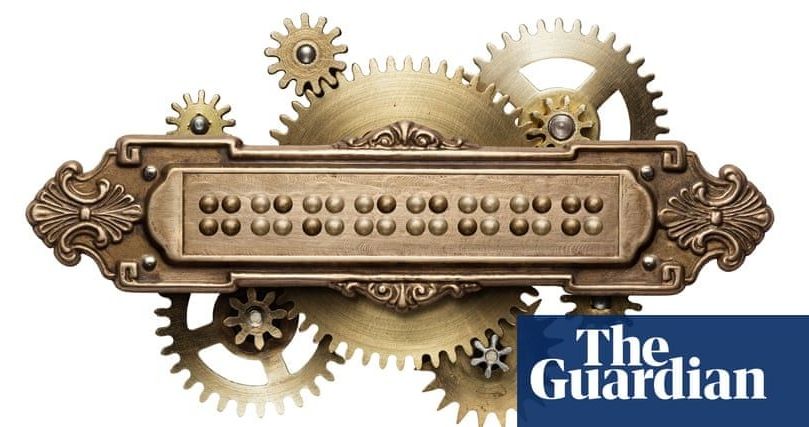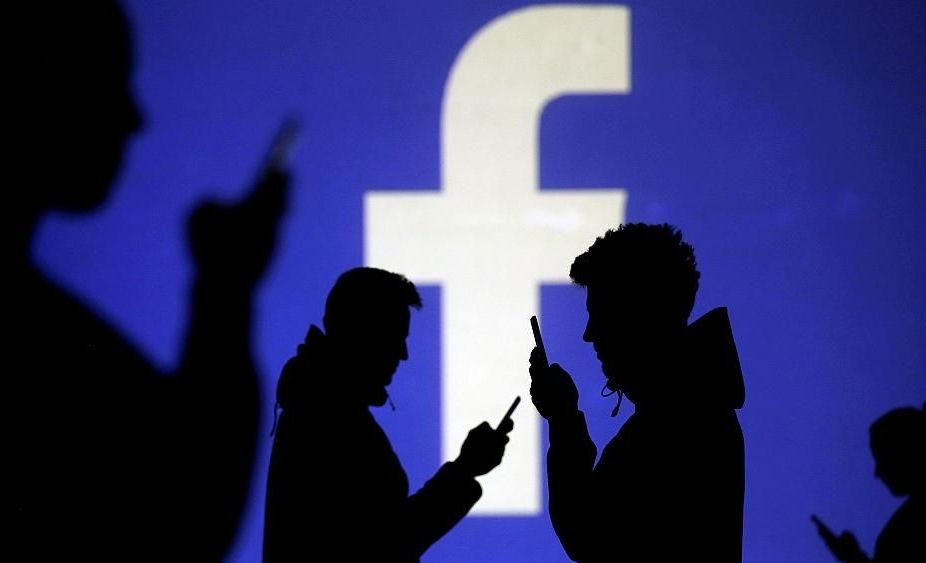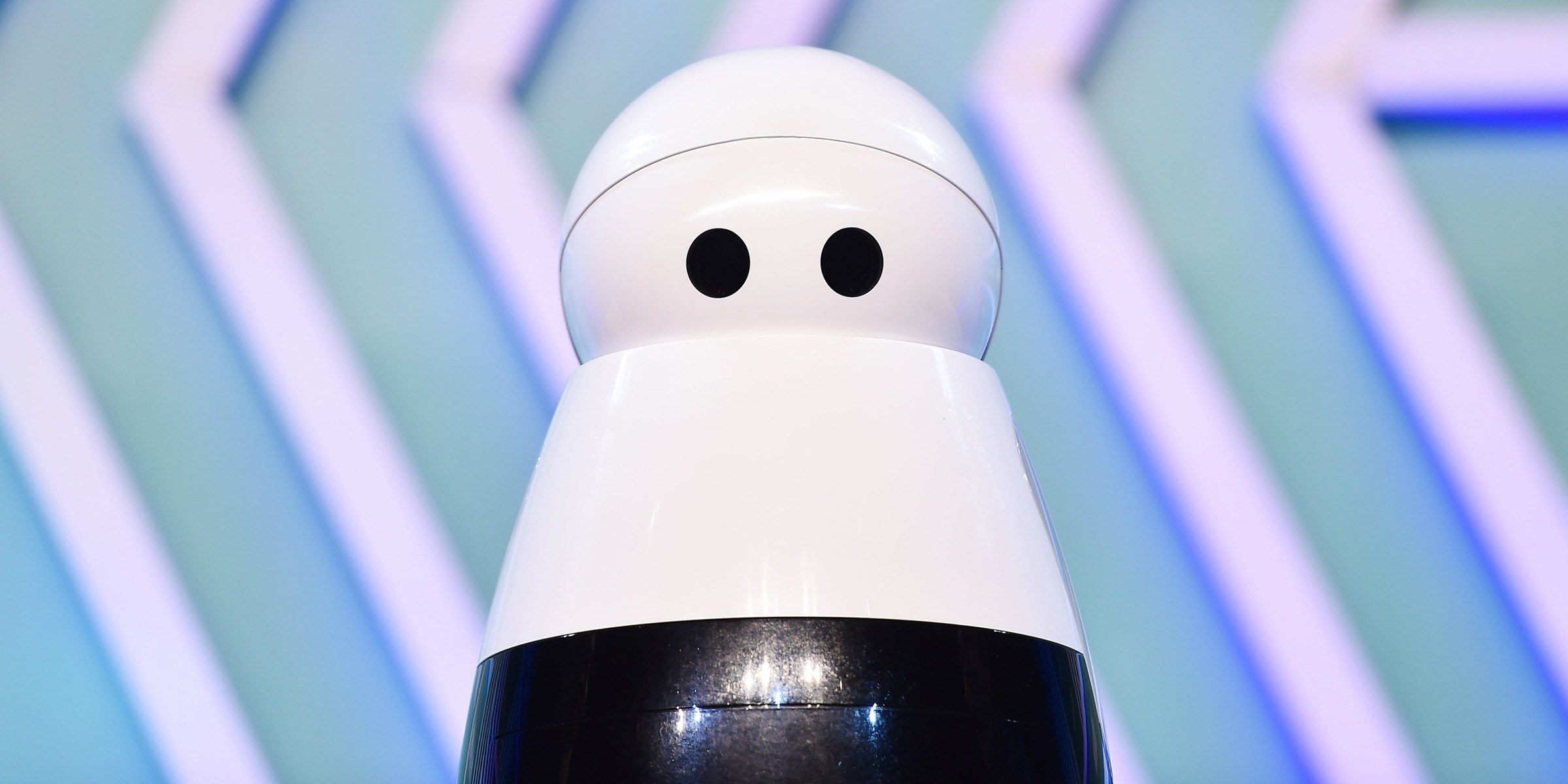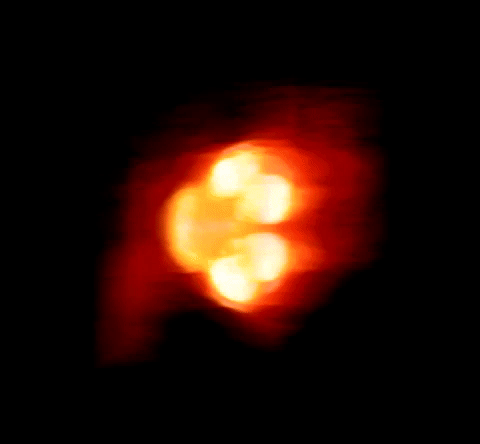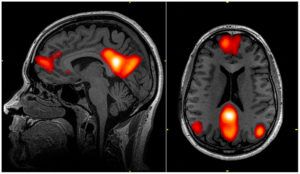Space agencies are working hard to get humans back to the surface of the Moon. But it’s not exactly the most inviting place.
Astronauts during the Apollo 11 mission in 1969 may not have had any health incidents while they were gleefully bouncing around on the lunar surface, as a NASA mission report from the time points out. But they knew that lunar dust wasn’t their friend — it could irritate their lungs, cause their Moon buggies to overheat — it even started degrading their spacesuits.
